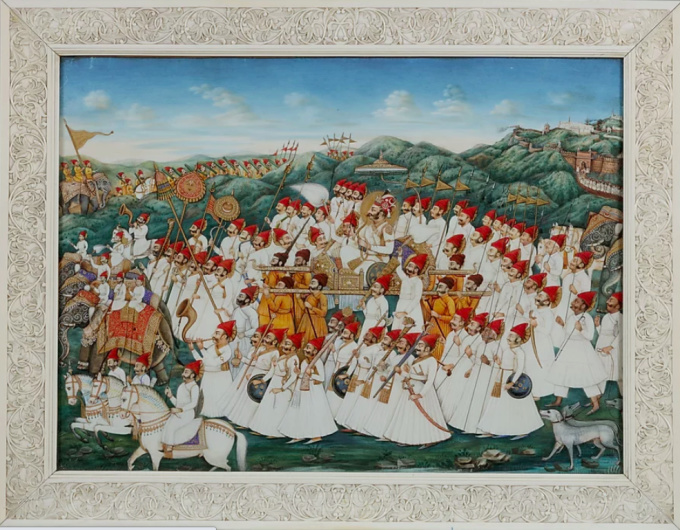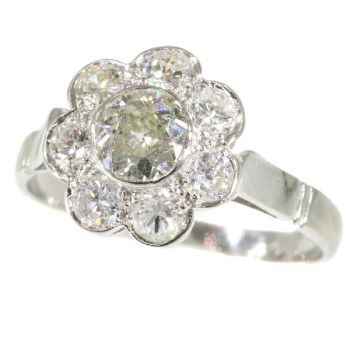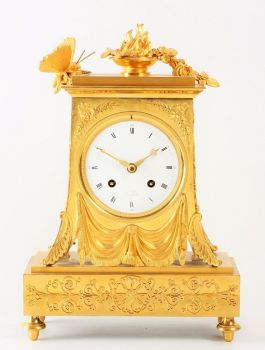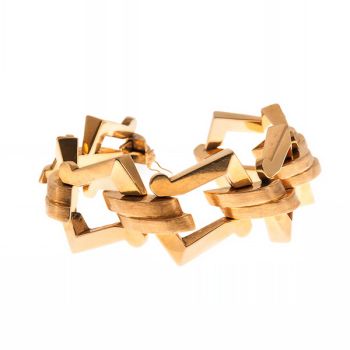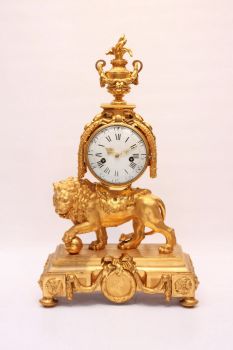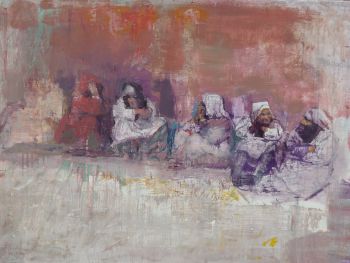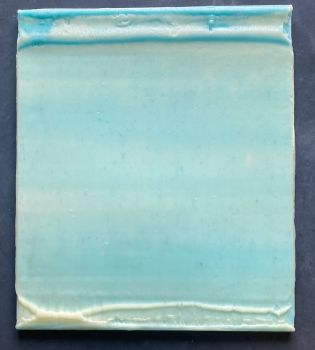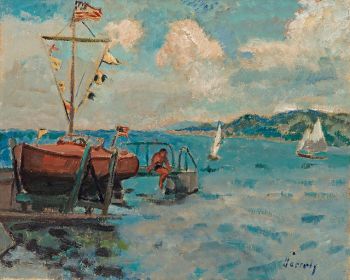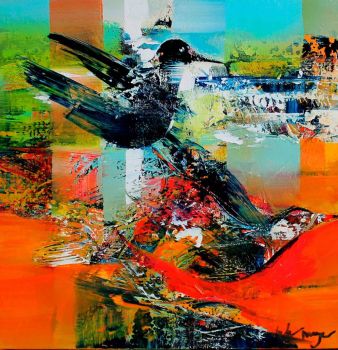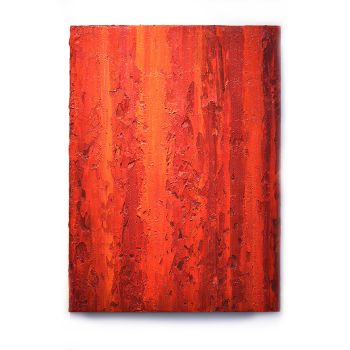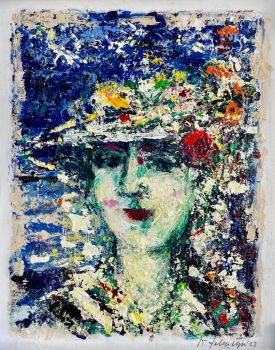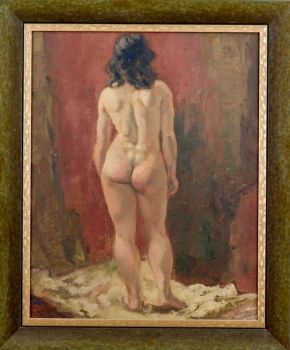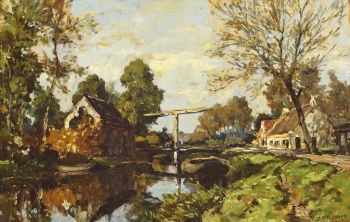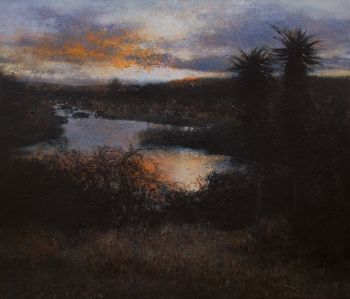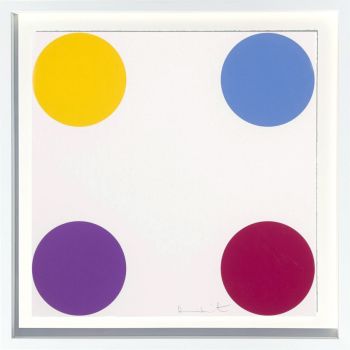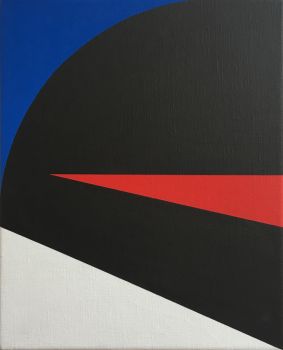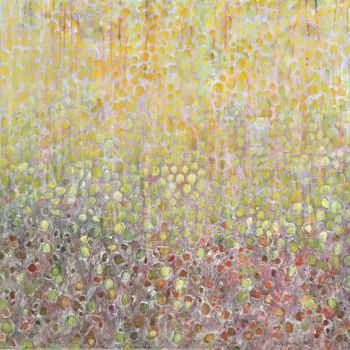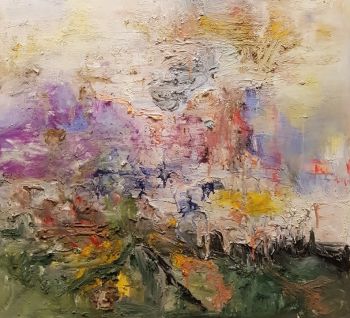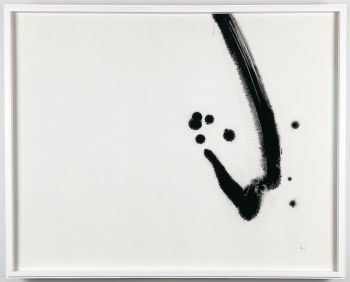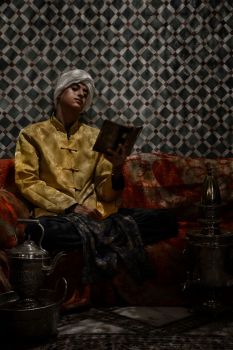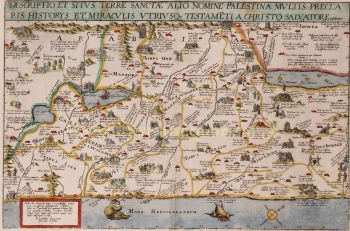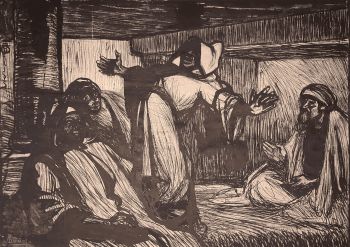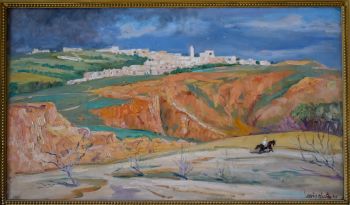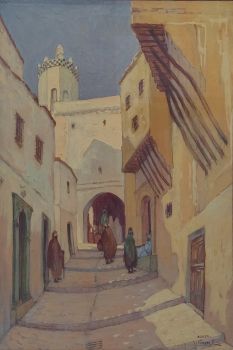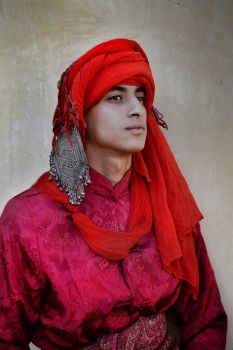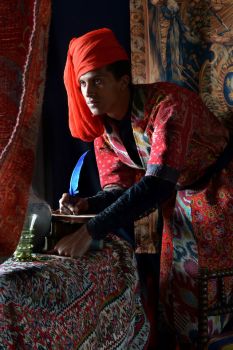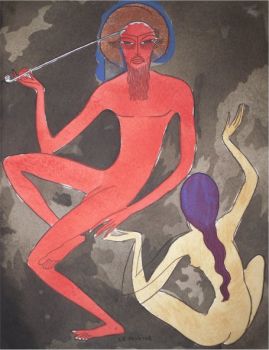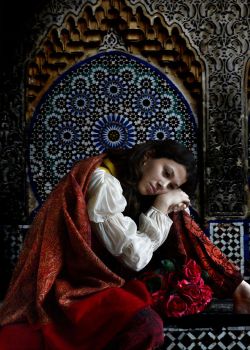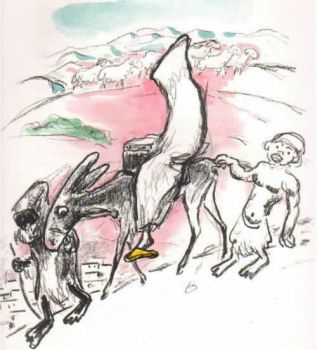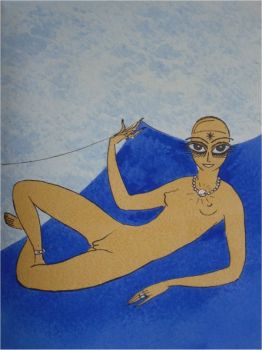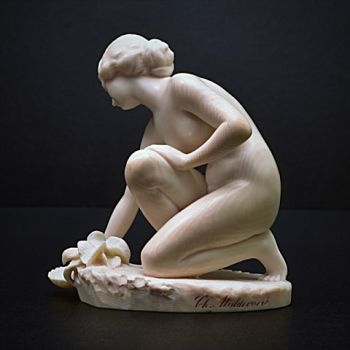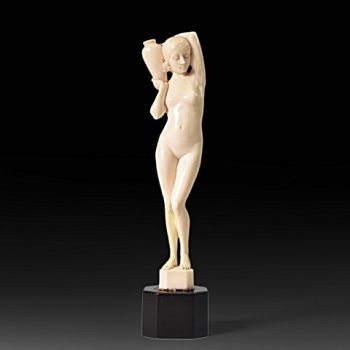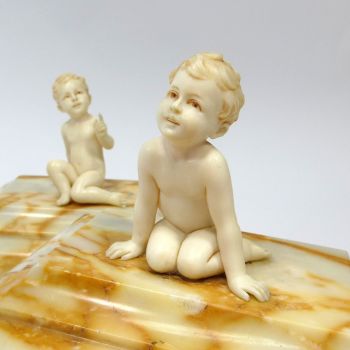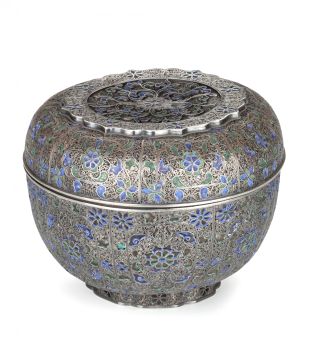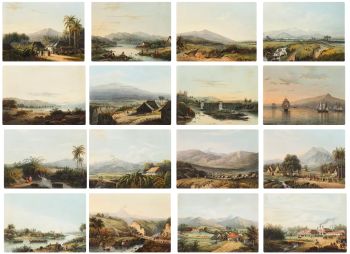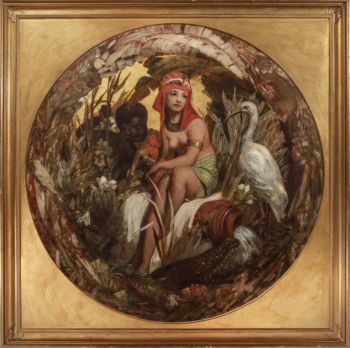IMPORTANT AND RARE LARGE INDIAN 'COMPANY STYLE' PAINTING ON IVORY DEPICTING A PARADE 1850 - 1900
Unknown artist
BoneIvoryWatercolour
Price on request
Zebregs & Röell - Fine Art - Antiques
- About the artworkIMPORTANT AND RARE LARGE INDIAN 'COMPANY STYLE' PAINTING ON IVORY DEPICTING A PARADE
North India, late 19th century
Opaque watercolour and gold on ivory, in finely carved ivory frame.
H. 27.6 x W. 37.3 cm (excl. frame)
H. 38.8 x W. 45.4 cm (incl. frame)
Note:
The painting depicts a ruler, perhaps the ruler of Jodhpur, carried on a palaquin amidst an extensive procession of noblemen, musicians and attendants, coming out of a town on a hill top, a cannon on the town wall firing. The frame, also in ivory, is carved in shallow relief with entwined floral motifs. In the 19th century after the British East India Company occupied Delhi in 1803 and the breaking up of Mughal suzerainty, the Company played the dominant political and administrative role in India. Artists once active in the Mughal workshops were out to seek other lucrative employment and the style of Indian painting came more and more under English/European patronage. This style is known as “Company style painting”. Native Indian talents, now employed by the new rulers, adapted themselves to the new style by studying and copying available European models. Company style paintings were more naturalistic and picturesque and ivory (as well as glass and mica) was a popular new medium with European collectors. Following the English tradition of miniature portrait paintings on ivory, Indian painters perfected the technique of painting on ivory. Most paintings on ivory were small portraits or fanciful architecture. Large paintings on ivory the seize of the present one are very rare. - About the artist
It might happen that an artist or maker is unknown.
Some works are not to be determined by whom it is made or it is made by (a group of) craftsmen. Examples are statues from the Ancient Time, furniture, mirroirs, or signatures that are not clear or readible but as well some works are not signed at all.
As well you can find the following description:
•“Attributed to ….” In their opinion probably a work by the artist, at least in part
•“Studio of ….” or “Workshop of” In their opinion a work executed in the studio or workshop of the artist, possibly under his supervision
•“Circle of ….” In their opinion a work of the period of the artist showing his influence, closely associated with the artist but not necessarily his pupil
•“Style of ….” or “Follower of ….” In their opinion a work executed in the artist’s style but not necessarily by a pupil; may be contemporary or nearly contemporary
•“Manner of ….” In their opinion a work in the style of the artist but of a later date
•“After ….” In their opinion a copy (of any date) of a work of the artist
•“Signed…”, “Dated….” or “Inscribed” In their opinion the work has been signed/dated/inscribed by the artist. The addition of a question mark indicates an element of doubt
•"With signature ….”, “With date ….”, “With inscription….” or “Bears signature/date/inscription” in their opinion the signature/ date/ inscription has been added by someone other than the artist
Are you interested in buying this artwork?
Artwork details
Related artworks
- 1 - 4 / 12
- 1 - 4 / 4
Egbert Rubertus Derk Schaap
GEZICHT OP KORTENHOEF1862 - 1939
Price on requestGalerie Het Noorderlicht
1 - 4 / 24- 1 - 4 / 24
Unknown artist
A MARINE IVORY NETSUKE OF A DUTCHMAN HOLDING A CHINESE FAN18th century
Price on requestZebregs & Röell - Fine Art - Antiques
Unknown artist
A Dutch colonial Indonesian betel box with gold mounts1750 - 1800
Price on requestZebregs & Röell - Fine Art - Antiques
Unknown artist
A SMALL IVORY NETSUKE OF A DUTCHMAN WITH A DRUM1750 - 1800
Price on requestZebregs & Röell - Fine Art - Antiques
Unknown artist
A COLLECTION OF FOUR SRI LANKAN IVORY BIBLE BOXES18th century
Price on requestZebregs & Röell - Fine Art - Antiques
Unknown artist
Dutchmen in miniature (Netsuke)1700 - 1900
Price on requestZebregs & Röell - Fine Art - Antiques
Unknown artist
AN IVORY NETSUKE OF A DUTCHMAN FROLICKING WITH A SMALL BOY18th century
Price on requestZebregs & Röell - Fine Art - Antiques
Unknown artist
A RARE COMPLETE INDIAN SADELI INLAID WORK AND WRITING BOX1800 - 1850
Price on requestZebregs & Röell - Fine Art - Antiques
Unknown artist
A IVORY NETSUKE OF A DUTCHMAN HOLDING A COCKEREL18th century
Price on requestZebregs & Röell - Fine Art - Antiques
1 - 4 / 24Abraham Salm
Twenty-four chromolithographs of Java after A. Salm”1801 - 1876
Price on requestZebregs & Röell - Fine Art - Antiques
Unknown artist
A JURUNA TRIBE FEATHER HEADDRESS1900 - 1950
Price on requestZebregs & Röell - Fine Art - Antiques
1 - 4 / 12

